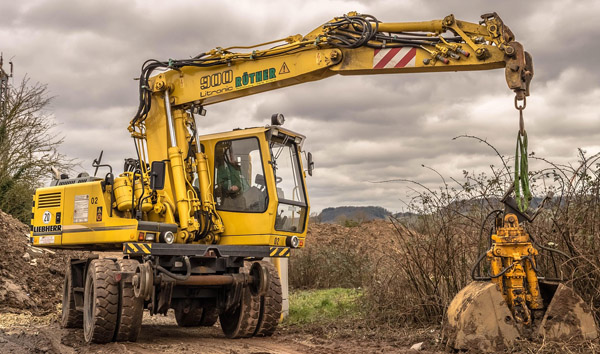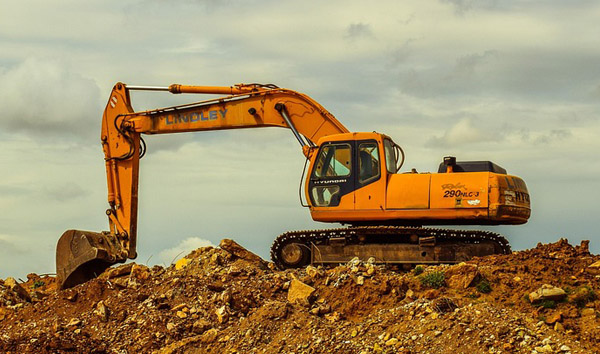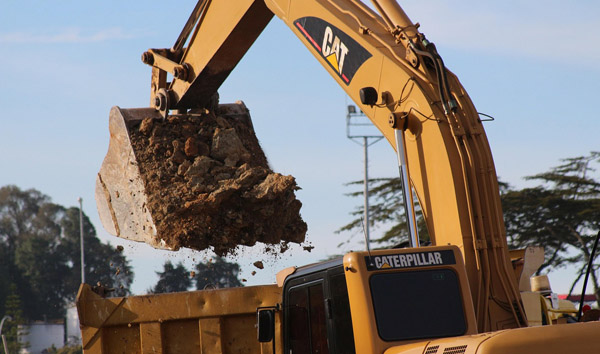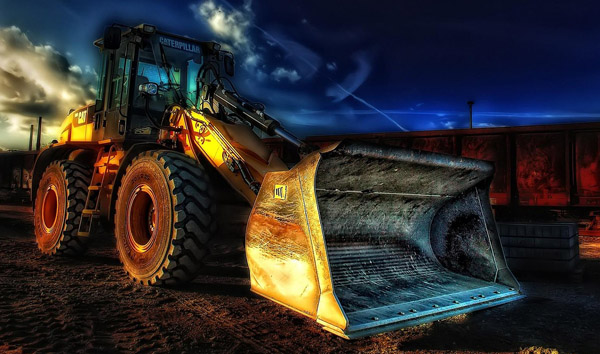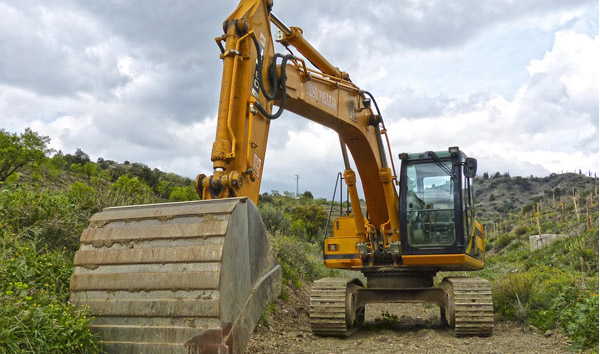Navigating the Robust Capabilities of All-Terrain Forklifts
2025-08-05 04:35:28
All-terrain forklifts are designed for rugged environments where conventional forklifts falter. These machines boast reinforced chassis, high-traction tires, and advanced suspension systems to handle uneven surfaces, mud, gravel, and slopes with ease. Key specifications include load capacities ranging from 3,000 to 15,000 lbs, ensuring they meet diverse industrial demands. Additionally, their ground clearance often exceeds 10 inches, allowing seamless navigation over obstacles.
Engine performance is a critical factor in all-terrain forklift specifications. Most models feature turbocharged diesel engines, delivering between 74 to 130 horsepower for optimal torque and fuel efficiency. Some electric variants are emerging, offering quieter operation and zero emissions, though they currently lag in power compared to diesel counterparts. Hydraulic systems in these forklifts ensure precise load handling, with lifting speeds averaging 0.3 to 0.5 meters per second.
Maneuverability is another standout feature of all-terrain forklifts. With tight turning radii (often under 10 feet) and multi-directional steering options, these machines excel in confined spaces. Specifications also highlight their ability to operate on inclines up to 15 degrees, making them indispensable in construction, agriculture, and forestry sectors. Advanced models include stability control systems to prevent tipping on unstable ground.
Durability is a hallmark of all-terrain forklift specifications. Heavy-duty steel frames, corrosion-resistant coatings, and sealed electrical components ensure longevity in harsh conditions. Tire options range from solid pneumatic to foam-filled, balancing puncture resistance with shock absorption. Maintenance intervals are extended compared to standard forklifts, with some models requiring service only every 500 hours of operation.
Future advancements in all-terrain forklift specifications focus on automation and connectivity. GPS tracking, telematics, and autonomous navigation are being integrated to enhance efficiency and safety. As industries demand more adaptable material handling solutions, these forklifts will continue evolving, blending ruggedness with cutting-edge technology to redefine off-road logistics.




